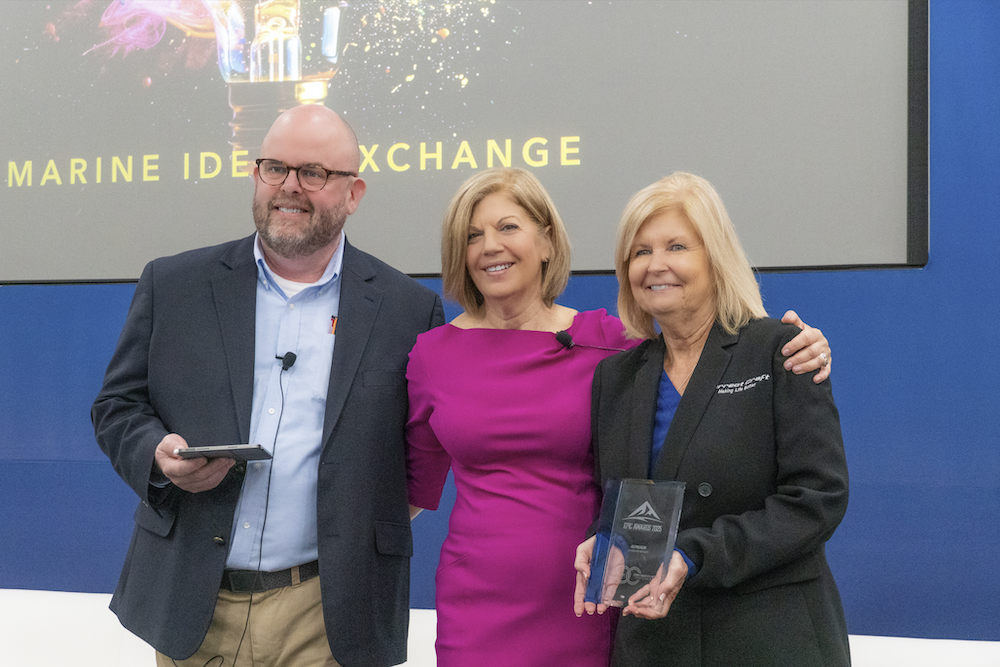If there’s one thing it seems you can count on in the marine industry’s news this year, it’s mergers and acquisitions. This trend doesn’t discriminate: it touches dealers, marinas, boat builders and suppliers alike. And probably other boat business sectors too.
I’ve been through a few of them in my career. My husband has endured three in the last five years. And I have friends in this industry who are feeling the effects too. With that said, I’m no expert – and I have a healthy respect for the challenge that they represent for leadership. Bringing two or more organizations together with different people, systems and cultures … well, it can’t be easy.
But what I’ve observed matches up with the insight provided by Steve Case, co-founder and former CEO of AOL, in his Daily Fuel video, “Worst Merger Ever.”
Where most mergers and acquisitions go wrong – 70 to 90 percent fail, according to Harvard Business Review – is a “failure in people and culture,” Case says.
“Get the right people on the bus in the right seats focusing on the right things, that’s how you take entrepreneurial ideas and turn them into significant iconic businesses that really do impact people’s lives.”
In my experience, businesses would benefit from helping the people who are most impacted by mergers and acquisitions understand, embrace and succeed in navigating the incredible change that often results. When transparency is lacking and new twists and turns are introduced in large, unexpected and unexplained doses, it can wreak havoc on individuals, teams, clients and partners for weeks, months and sometimes years afterward.
It’s not hard to figure out why this happens. Leaders are human. When you’re leading a merger or acquisition, you’re faced with adapting to new people, products, strategies, systems and cultures yourself. Until you understand all that newness and can determine the best path forward, it can be difficult to know what to communicate to your team or how to help them navigate changes that aren’t yet clear to you.
Maybe that’s where a missed opportunity lies. Do we as leaders need to figure it out ourselves? Or do the best leadership stories start when we seek insight and direction from our people? After all, they are our company’s and our industry’s most valuable assets.
I’m not sure. But I suspect Steve is on to something when he says: “If you want to go quickly, go alone. If you want to go far, you must go together.” What do you think?




